The Goa Beach and Culture Tour is a perfect blend of sun-soaked beaches, Portuguese heritage, and vibrant local culture. Located on the west coast of India, Goa is famous for its:
- Pristine beaches such as Baga, Anjuna, and Palolem
- Historic forts and churches reflecting Portuguese influence
- Lively markets and nightlife
- Cultural festivals, including Carnival and Shigmo
Goa appeals to travelers seeking relaxation, adventure, and cultural exploration. From tranquil southern beaches to energetic northern beach parties, Goa offers something for everyone. Goa Beach and Culture Tour.
Tour Duration: 3–7 days
Difficulty Level: Easy (suitable for all travelers)
Best Time to Visit
- Winter (November – February): Ideal for pleasant weather and beach activities
- Monsoon (June – September): Lush greenery and fewer tourists, but swimming may be restricted
- Summer (March – May): Hot and humid; suitable for heritage tours and indoor activities
Optimal Season: Winter months provide the best conditions for beach activities, sightseeing, and festivals.
How to Reach Goa
By Air
- Dabolim Airport (GOI): Well-connected to major cities in India, Europe, and the Middle East
- Taxis and buses are available from the airport to key beach towns like Calangute, Baga, and Palolem
By Train
- Goa has several railway stations: Madgaon, Thivim, and Vasco-da-Gama
- Trains connect Goa with major cities like Mumbai, Delhi, and Bangalore
By Road
- Goa is accessible via highways from Mumbai, Pune, and Bangalore
- Private taxis and buses provide flexible travel options
Entry Fees and Permits
- Entry to public beaches and most cultural sites is free
- Some heritage sites and forts may charge a nominal fee of INR 10–50 per person (subject to change)
- Certain protected wildlife or nature reserves may require permits
Food Availability and Meal Options
Goa is a food lover’s paradise offering both local and international cuisine:
- Seafood specialties: Fish curry rice, prawn balchão, and crab xec xec
- Portuguese-influenced dishes: Vindaloo, sorpotel, bebinca (dessert)
- Street food and cafes: Chorizo pav, samosas, and fresh fruit juices
- Vegetarian and international options: Available widely in beach shacks and restaurants
Tips:
- Drink bottled water and avoid untreated tap water
- Try local delicacies in small eateries for authentic flavors
Packing List and Essentials
Clothing
- Light cotton clothes and swimwear
- Beach cover-ups and flip-flops
- Light jacket for evenings in winter
Footwear
- Comfortable walking shoes for sightseeing
- Sandals or water shoes for beaches
Gear
- Sunscreen, sunglasses, and a wide-brimmed hat
- Waterproof bags for beach essentials
- Camera or smartphone for photography
Health & Safety
- Basic first-aid kit
- Insect repellent for evening trips
- Travel insurance covering water activities
Safety Tips and Local Regulations
- Swim only in designated areas and follow lifeguard instructions
- Avoid leaving valuables unattended on beaches
- Respect local traffic rules; scooters and bikes are popular rentals
- Follow environmental regulations; avoid littering and single-use plastics
- Be cautious during monsoon due to rough seas and slippery roads
Tips for Beginners or First-Time Visitors
- Rent a scooter or use taxis to explore beaches and towns efficiently
- Start with well-known beaches like Baga, Calangute, and Colva
- Visit heritage sites early to avoid crowds and midday heat
- Plan for both daytime beach activities and evening cultural experiences
- Respect local culture and dress modestly in temples and churches
Local Customs and Cultural Etiquette
- Greet locals politely with “Namaste”
- Dress modestly in religious sites, including churches and temples
- Photography may be restricted at certain heritage sites
- Bargaining is common in markets, but done politely
- Respect local festivals and avoid disrupting ceremonies
FAQ Section
1. How long should a Goa tour last?
- A typical tour lasts 3–7 days, depending on interests in beaches, culture, and nightlife.
2. Are Goa beaches safe for swimming?
- Most beaches are safe, but swim only in lifeguard-designated areas. Goa Beach and Culture Tour.
3. What is the difficulty level of Goa tours?
- Easy; suitable for all ages and first-time travelers.
4. Are public restrooms available?
- Yes, in most popular beach areas and markets.
5. Is Goa family-friendly?
- Absolutely; choose quieter beaches for children.
6. Are guides necessary for heritage tours?
- Guides are optional but can enhance understanding of historical sites. Goa Beach and Culture Tour.
7. Can I rent vehicles locally?
- Scooters and cars are available for rent; always check local regulations.
8. What water activities are offered?
- Jet skiing, parasailing, banana boat rides, and snorkeling.
9. Are there vegetarian food options?
- Widely available in restaurants and beach shacks.
10. What is the best time to experience Goa festivals?
- Winter months, especially around Carnival (February) and Shigmo festival (March).
Conclusion
The Goa Beach and Culture Tour is a perfect combination of sun, sand, and heritage. From exploring historic forts to enjoying water sports, sampling local cuisine, and attending festivals, Goa offers an unforgettable travel experience for global tourists. Goa Beach and Culture Tour.
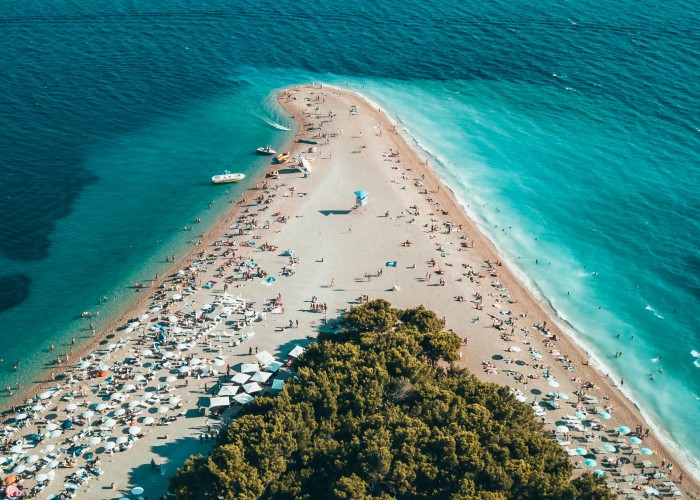
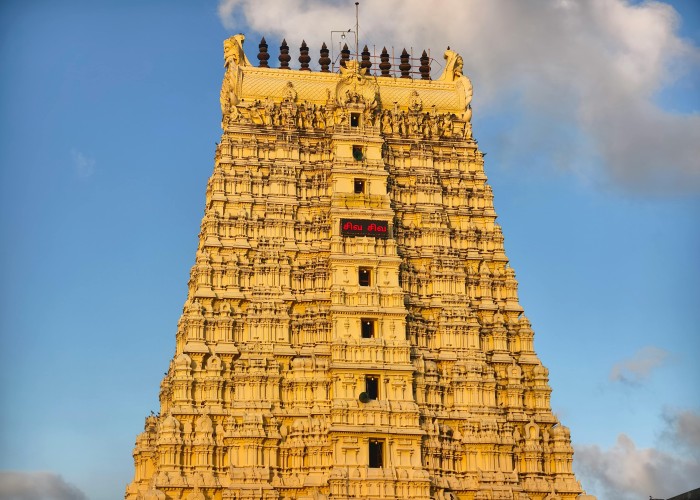
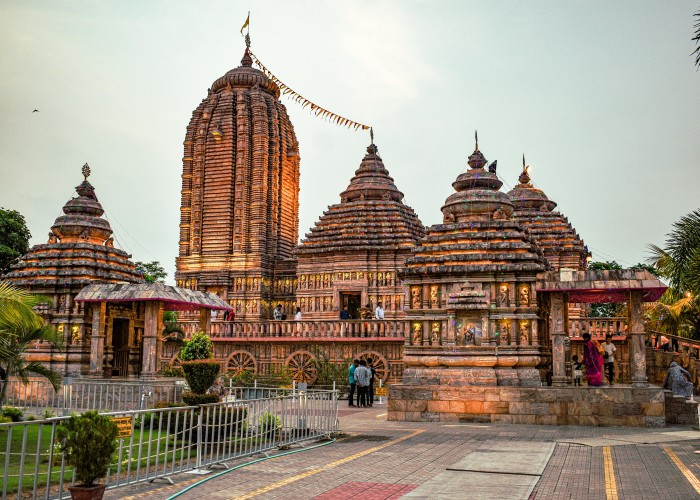
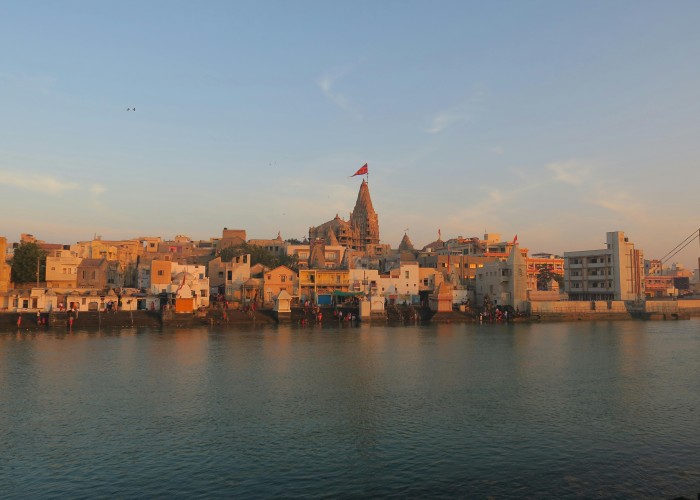
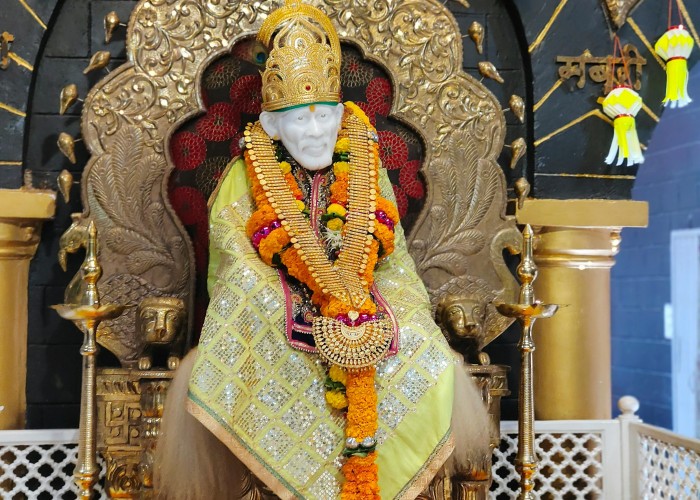
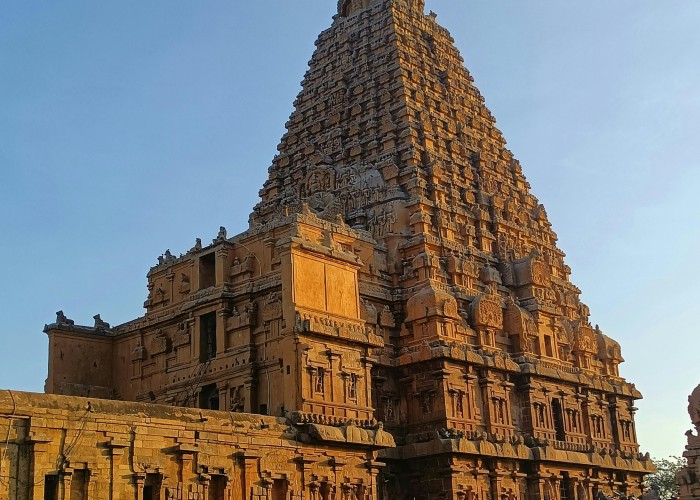
Leave a Reply